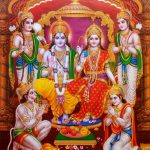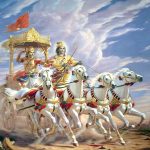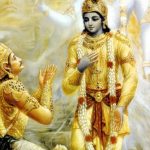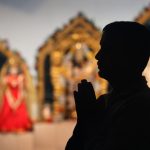These embody all that is in the Vedas, but only in a simpler manner. These are called the Suhrit-Samhitas or the Friendly Treatises, while the Vedas are called the Prabhu-Samhitas or the Commanding Treatises with great authority. These works explain the great universal truths in the form of historical narratives, stories and dialogues. These are very interesting volumes and are liked by all, from the inquisitive child to the intellectual scholar.
The Itihasas give us beautiful stories of absorbing interest and importance, through which all the fundamental teachings of Hinduism are indelibly impressed on one’s mind. The laws of Smritis and the principles of the Vedas are stamped firmly on the minds of the Hindus through the noble and marvelous deeds of their great national heroes. We get a clear idea of Hinduism from these sublime stories.




